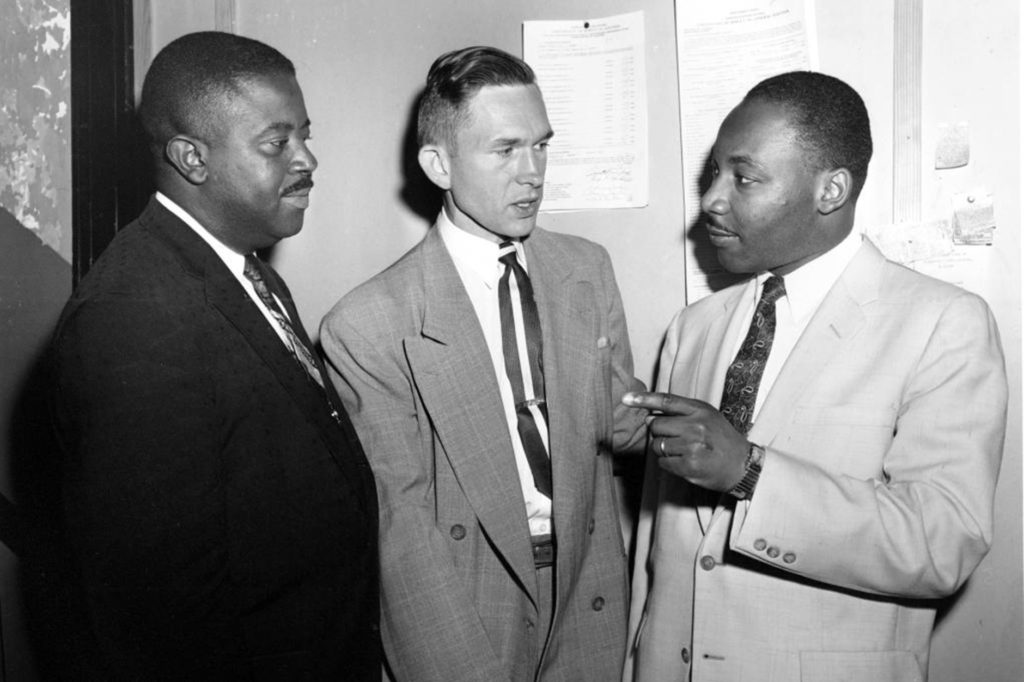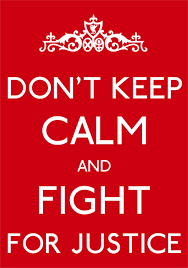
Last week the Church of England published two documents which, between them, revealed much of its current thinking over safeguarding. I penned a rapid reaction to these documents over the weekend, trying very hard to be positive over the obvious efforts that are currently being made by senior officers in the Church to make things better. Since writing those comments, I have had a chance to reflect further about the Archbishops’ Council statement and the job specification for a new senior post for a Development Manager (Redress Scheme). These later reflections have picked up on the reactions by some of the online networks of survivors. I do not share the outright cynicism of some, but I have become increasingly aware of some of the practicalities of the proposed changes. The Church wants to show to its members and to the wider public a more generous open attitude, a stance of caring compassionate empathy towards survivors. To say that this shift is going to be difficult is, to put it mildly, a massive understatement.
As I suggested in my last piece, there is a great deal to be discovered about current attitudes in Church House through a careful reading of the job description for the new senior post. Everything that appears must have passed through the scrutiny of many readers. It thus represents the attitudes and opinions of many senior figures in the Church or at least has their blessing and approval. We can, I believe, read this job description as a genuine statement of intent to create good practice in the future by the Church of England.
The response to survivors by providing financial relief, is currently provided from one of three sources. The Church Commissioners, the insurers and the dioceses are all mentioned as potential sources of financial payments. In the case of the Commissioners, I read of one recent case where money was found to help a survivor going through a serious crisis. The cases involving the Commissioners are probably exceptional. Most of the money that gets awarded to those who have suffered abuse, comes from the church insurers. In practice we are speaking about Ecclesiastical Insurance Group (EIG). For this insurance compensation to be paid out, there is in operation a legal process worked out and negotiated by lawyers on both sides. This avoids the expense of a full court hearing. The dioceses seldom seem to have any money to provide for survivors and when money is paid out, the sums received have typically been paltry. They rarely exceed £500 for counselling or some other immediate need. Dioceses, as far as I know, do not ever appear to budget for the needs of survivors. Even if one or two dioceses have given money to survivors, that again would be a highly exceptional event.
The current scheme of financial redress via the EIG has been described vividly by Gilo and others. To be fair to the insurers, they see themselves as doing a job and, as far as possible, they have an obligation to protect their financial interests by paying only what is legally required of them. The payouts to victims accord with protocols which EIG and the rest of the insurance industry adhere to. EIG will pay out in accordance with the terms of the policy held by the stakeholder, the parish or diocese. Successful claims follow the production of incontrovertible evidence of abuse. The abused will normally have provided this through pointing to a criminal conviction by a perpetrator, or linking a claim to an open confession in front of witnesses. Even then, to judge from the experience of some, the actual sum of money handed over is still subject to reduction, if lawyers acting for the insurer can argue that the some of the mental damage caused by the abuse was already present. It is here that poor ethical practice can enter into the dealings of insurance companies and lawyers. If such a situation does arise, it should be recognized that the client, here the Church of England, should accept responsibility for ensuring that ethical practice is always upheld. Julie Macfarlane described her experience of standing up against lawyers employed by the Church as ‘brutal’. It felt to her as though the Church itself had withdrawn from the field and was letting someone else do what amounts to dirty work on its behalf. Those among the survivor population who do make it to the other side and receive pay-outs from the insurers do not receive life-changing amounts of cash. The Church does appear finally to recognise this. The word ‘redress’ which they are now using is a stronger word than compensation or negotiated settlements. Sums of £30,000 hardly compensate for ruined lives, the loss of profession, housing and the chance of a secure retirement.
Escaping from the insurance/lawyer led culture of financial compensation will not be easy for the Church. Additionally the introduction, as the job description puts it, of ‘a form of solace designed to provide a degree of comfort to the victim for his or her injury and to make some attempt to put right the wrong that he or she has suffered’ will need a massive shift in culture. It is not just the introduction of a new way of doing things that will tax the future manager of the Church’s redress scheme. It is the sheer number of unknown victims that may emerge as the result of this new initiative. Initially the idea is to have a pilot scheme, funded by the Commissioners, to provide support for a small number of known survivors. There could then also be hundreds of individuals, as yet unidentified, out there who need to be helped. When the scheme has bedded down, there is the potential pastoral care of these individuals. Where are all these caring people going to come from? Many are looking for precisely ‘a degree of comfort’ but have not so far found it in the Church. Does the Church then look outside its boundaries to find people who can offer ‘comfort’? These helpers, whether or not professional, will need a measure of skill to do this kind of work. Also, there will need to be some sort of safeguarding process to weed out the wrong kind of ‘helper’. The list of things to be done before a pilot scheme can be extended more generally to the wider public is likely to be extremely complicated. A final point to be made is the way that any mention of money being handed out by the Church to sufferers could have a terrible corrupting effect on motives and behaviour. The lawyers who assist survivors at present are among the most ethically principled I know. What will happen if floodgates of financial redress are opened too wide? Will we get phone calls from computer voices asking us if we have ever been abused by clergy or the church? The Church may need to employ an army of new people to protect itself as well as administer this new compassionate approach.
Further ideas occur to me. Each of the 42 Church of England dioceses have DSAs (Diocesan Safeguarding Adviser). Some of these individuals are very good and their responses to survivors have been of the highest quality. Others have been less successful according to the reports that reach me. But good or less good, these DSAs would be more effective if they also could administer a modest budget for survivors so that words of sympathy could be backed up by instant help in the form of funds for specified purposes. There is something crazy about a survivor having to curtail a course of therapy simply because they cannot afford it. A initial £10,000 p.a discretionary fund for each DSA would make an enormous difference to many suffering individuals who are waiting for the full unrolling of a national redress scheme.
My final concluding comments inject a note of pessimism to this Redress project. The old pattern of controlling redress by making survivors pass through a very tight scrutiny process organised by lawyers and insurers had one advantage for the Church. It cut down those who were eligible for redress to a bare minimum. The fact that it was conducted, at times with a callous cruelty, meant that only a few came through the process to receive any money. A new scheme which apparently looks to the Church Commissioners rather than the insurers to fund it, is going to be enormously expensive. Taking away some of the scrutiny, to let many more through the process, is going to create a situation which makes it impossible to anticipate its eventual size. The people who contact me through the blog with some story of abuse, are numerous. Much of the behaviour they record is not technically criminal, but it still deserves apology from the institutional Church. Is the Church going to be better at this aspect of redress? Some of the highest officers of our national Church have found this part of the redress process harder than anything. We only have to remember the excruciating scenes at the IICSA hearing when our Church leaders seemed unable to offer any kind of apology to Matt Ineson. This single memory makes me ask whether the Church is indeed ready for this new initiative. Perhaps after all the Church is still window dressing as a way of protecting itself from the scrutiny of IICSA.
https://pathways.churchofengland.org/job/pathways/1989/development-manager-redress-scheme









